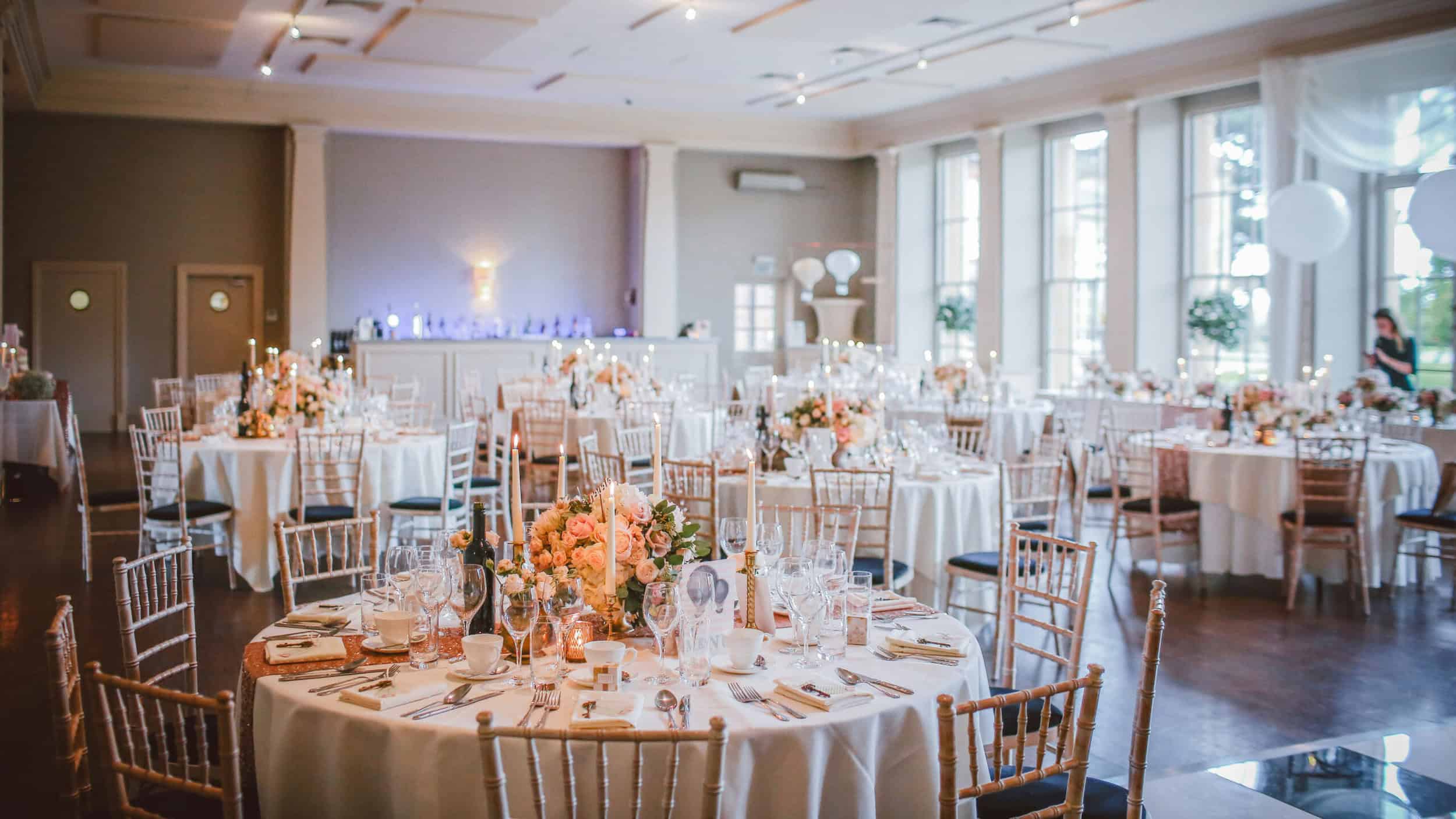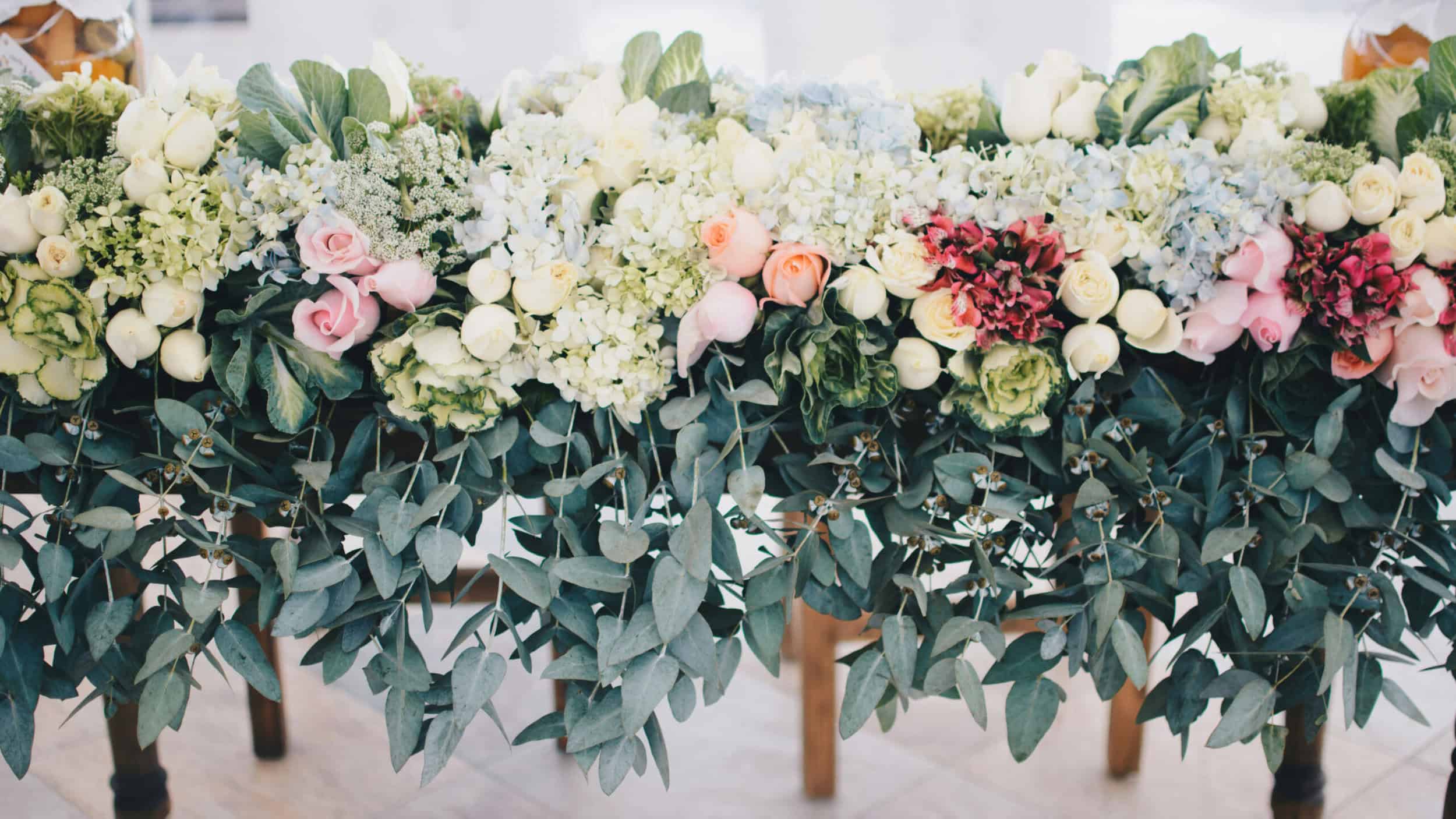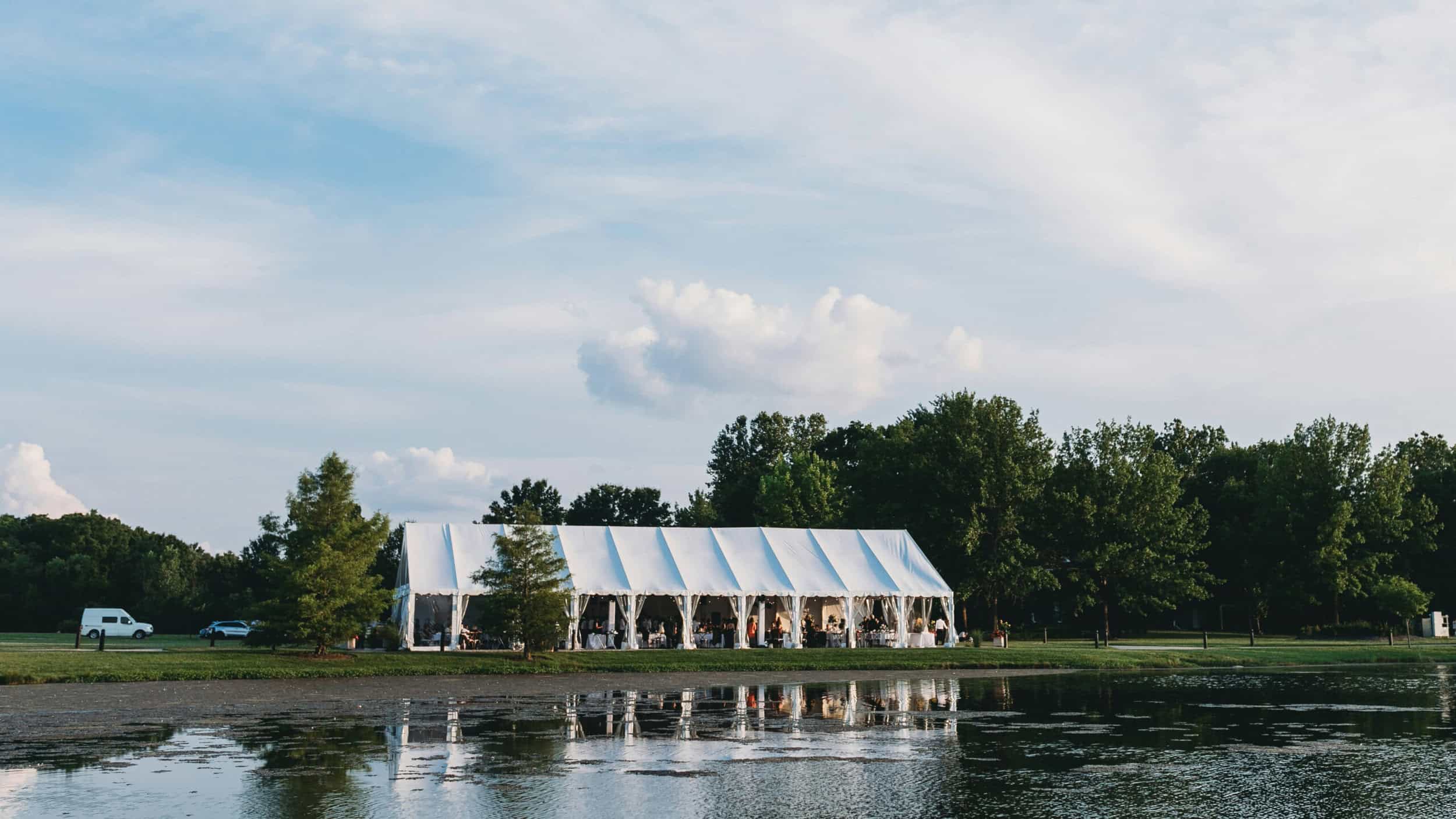Crafting a tent layout for weddings and special events requires thoughtful consideration and meticulous planning. The tent serves as a blank canvas, allowing for limitless creativity while providing shelter and defining the space. Here are six essential tips to craft an unforgettable tent design that amplifies the magic of weddings and special occasions.
1. Understand the venue
Before diving into the layout, comprehend the venue’s landscape and available space. Assess any limitations or unique features to seamlessly integrate the tent design into the surroundings. Take note of any topographical or standout elements, like trees, hills, or water features, that can be integrated into the plan or pose challenges for the tent’s placement.
This understanding influences the choice of tent size and shape, ensuring a snug fit that maximizes the area without overwhelming or feeling cramped. For instance, a sloping landscape might require a more customized tent arrangement, while a venue with scenic vistas may prompt strategic positioning to capitalize on the views.
2. Choose the right tent style
Different tent styles – like pole tents, frame tents, or clearspan structures – offer distinct aesthetics. When selecting a shelter type, it’s essential to harmonize it with the event’s theme and the venue’s atmosphere, ensuring that the tent enhances the setting and caters to practical needs.
Pole tents have a classic charm with their high peaks and sweeping curves, adding a touch of elegance. On the other hand, frame tents provide versatility with their adaptable frames, offering a more structured appearance and flexibility in layout due to their modular design. Clearspan structures, characterized by their unobstructed interiors and sturdy framework, present a modern and sleek appeal, perfect for contemporary affairs.
3. Focus on functionality
Plan based on the occastion’s flow and activities. Allocate dedicated spaces for key elements like the ceremony, reception area, dance floor, bar, and dining section. This intentional delineation not only organizes the function but also optimizes guest experience and engagement.
This allows for seamless transitions between event segments, facilitating movement and interaction without disrupting the rhythm. For example, placing the dance floor adjacent to the reception area encourages an effortless shift from dining to dancing, ensuring a lively and connected atmosphere throughout. The strategic placement of these key elements enhances the overall flow, promoting enjoyment and participation.
4. Consider seating arrangements
Determine a seating arrangement that suits the occasion’s vibe and balances aesthetics and functionality. Round tables offer an intimate setting, fostering easy conversation and interaction at smaller gatherings where fostering connections is paramount.
On the other hand, long banquet tables create a communal dining experience, facilitating a cohesive setting for larger groups. Well-suited for celebrations where a collective dining experience is desired, this type of seating allows attendees to engage in conversations across the table.
To introduce an engaging and visually appealing dynamic, blend various table shapes and sizes. Combining round tables with rectangular or square ones adds a layer of visual interest. This approach contributes to a captivating ambiance, adds a touch of versatility, and allows invitees to choose their preferred setting.
5. Create focal points
Identifying key focal points within the tent layout is pivotal in crafting an immersive and visually captivating space. Consider allocating specific focal points, such as a striking backdrop for the ceremonial altar or a captivating centerpiece strategically placed in the dining area. These serve as visual anchors, elevating the overall design and directing guests’ attention to essential elements of the affair.
Focal points not only enhance the aesthetic appeal but also contribute to the occasion’s narrative, guiding attendees’ focus and creating memorable visual moments. By thoughtfully curating these focal spots, the tent transforms into an immersive environment that resonates with the event’s theme, leaving a lasting impression.
6. Maximize outdoor space
If the venue allows, utilize the tent’s exterior space creatively to enrich the experience and integrate outdoor seating, inviting lounge areas, or scenic vistas. This thoughtful utilization offers supplementary places to unwind, socialize, and immerse themselves in the natural surroundings.
For instance, setting up cozy lounge points just outside the tent encourages guests to mingle in a relaxed atmosphere. Incorporating outdoor seating or picturesque areas for visitors to enjoy the scenery extends the ambiance outdoors, enhancing the overall appeal.
By carefully curating the tent layout and design, event planners can transform a simple tent into a breathtaking venue that amplifies the essence of weddings and special events, creating cherished memories that last a lifetime.


